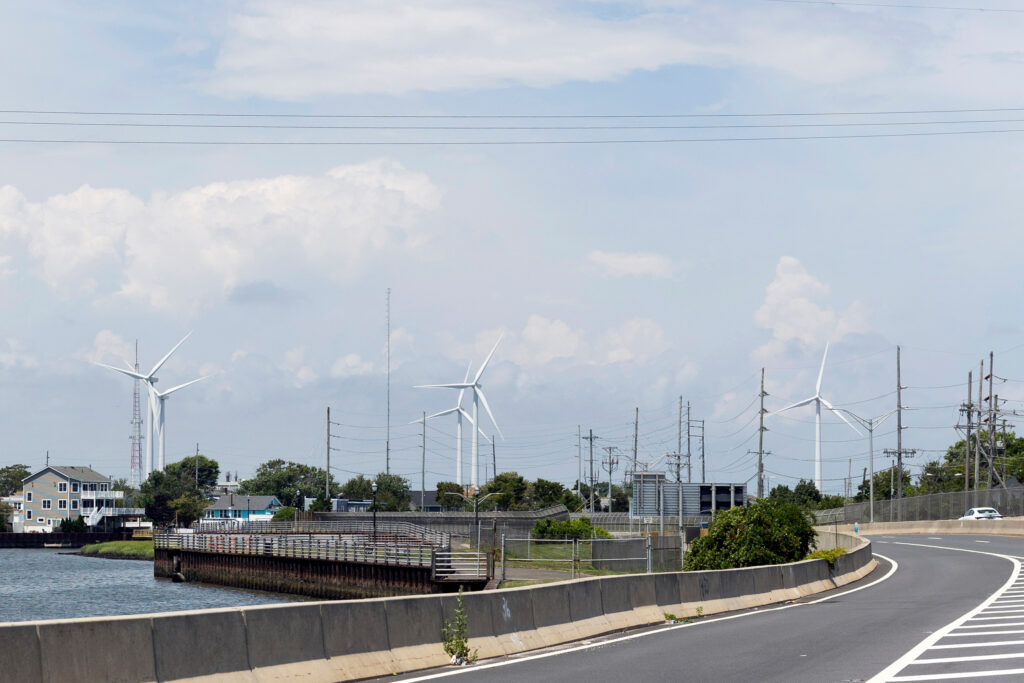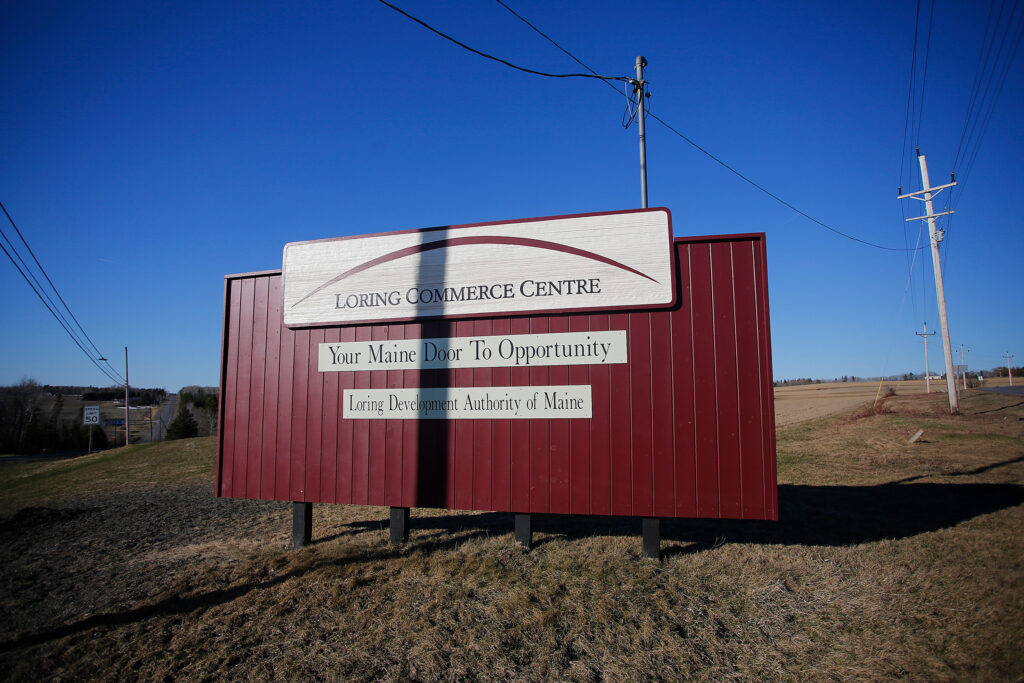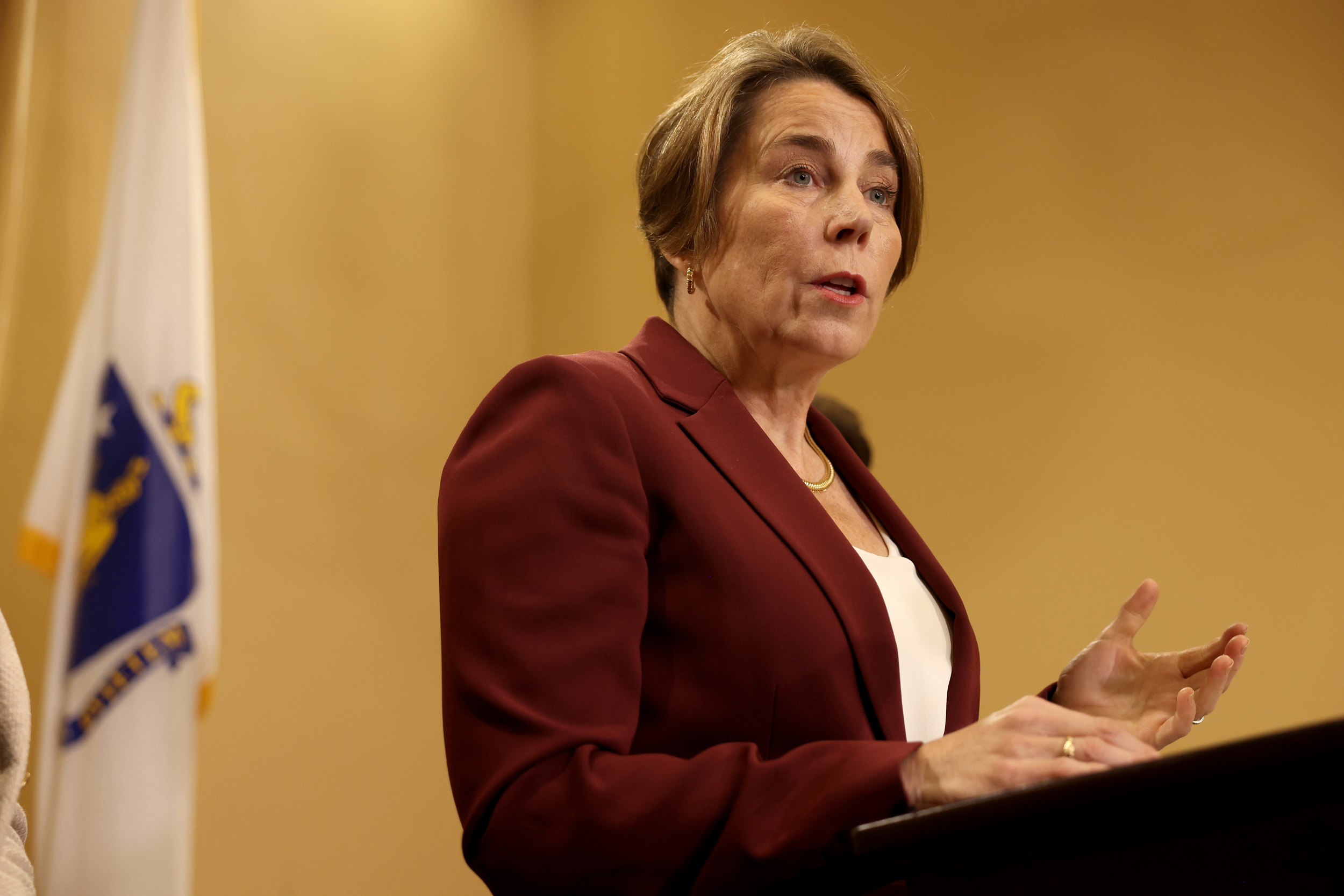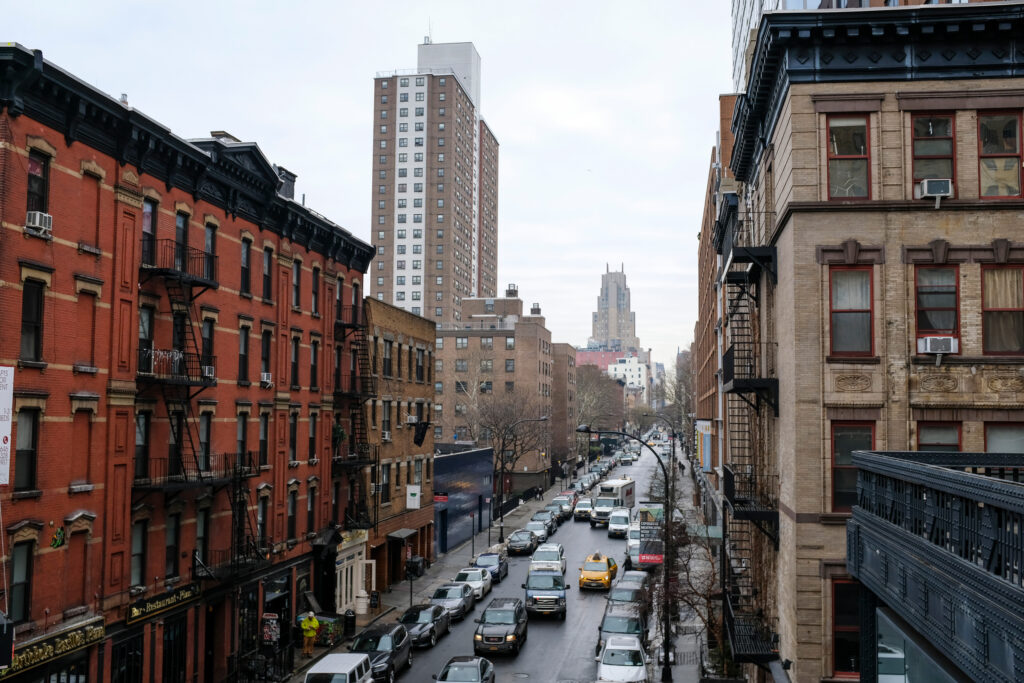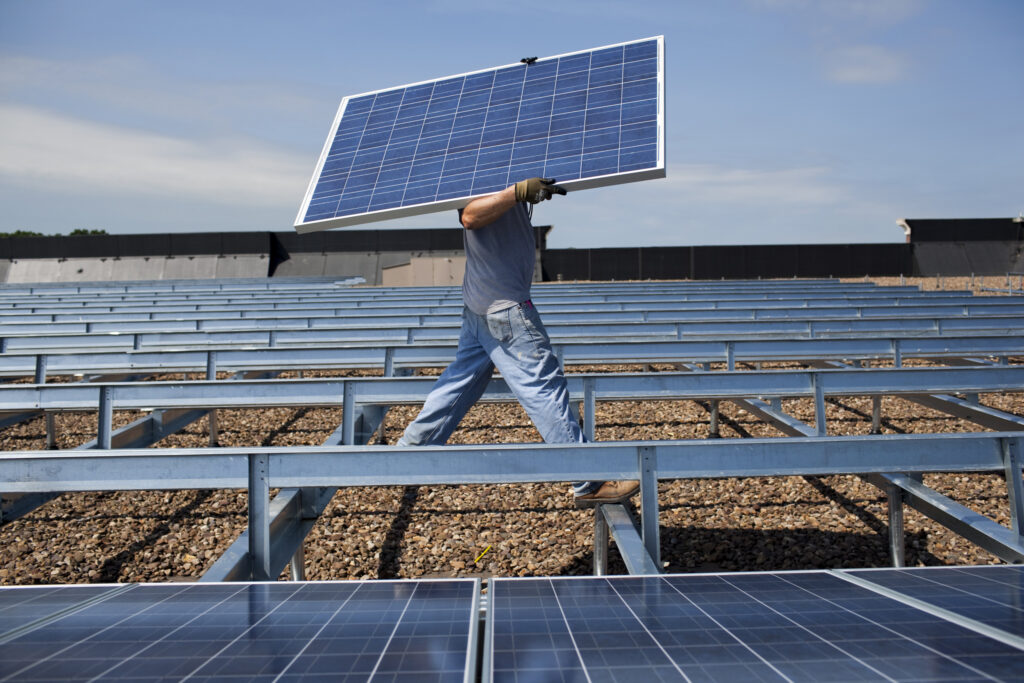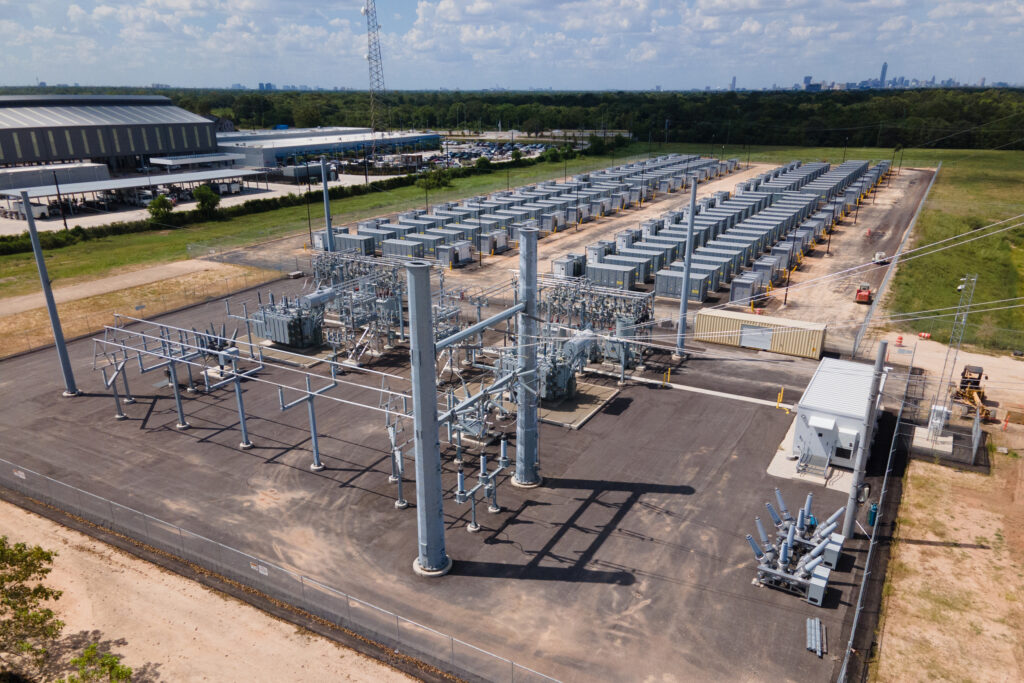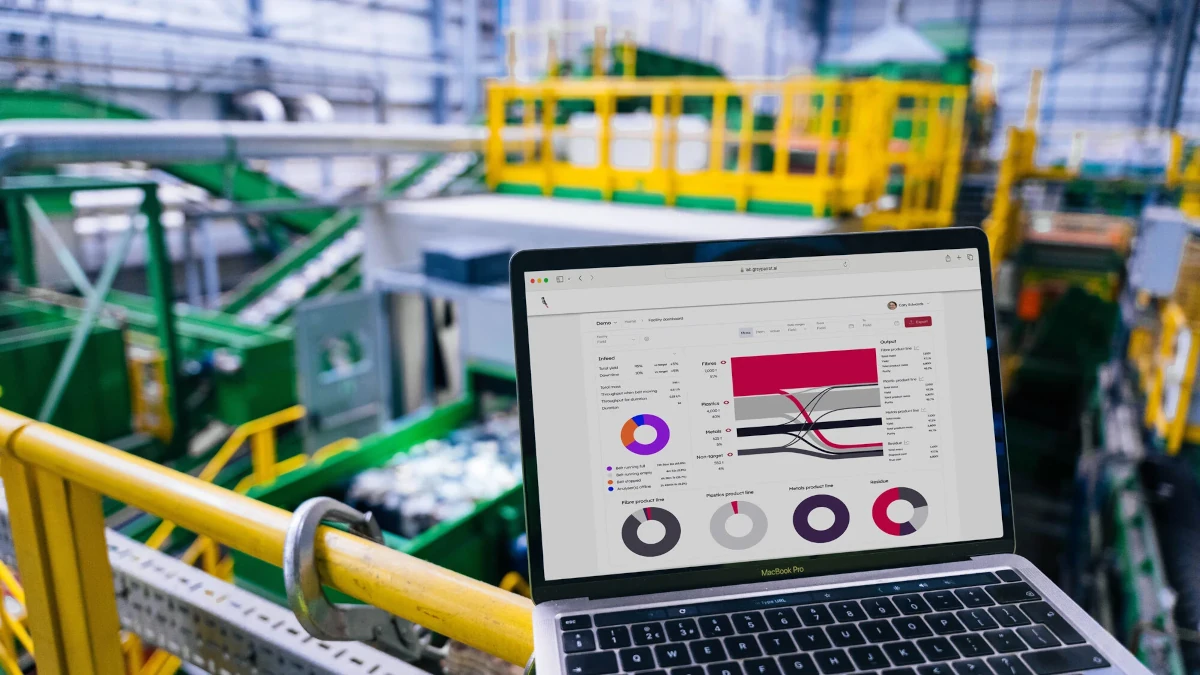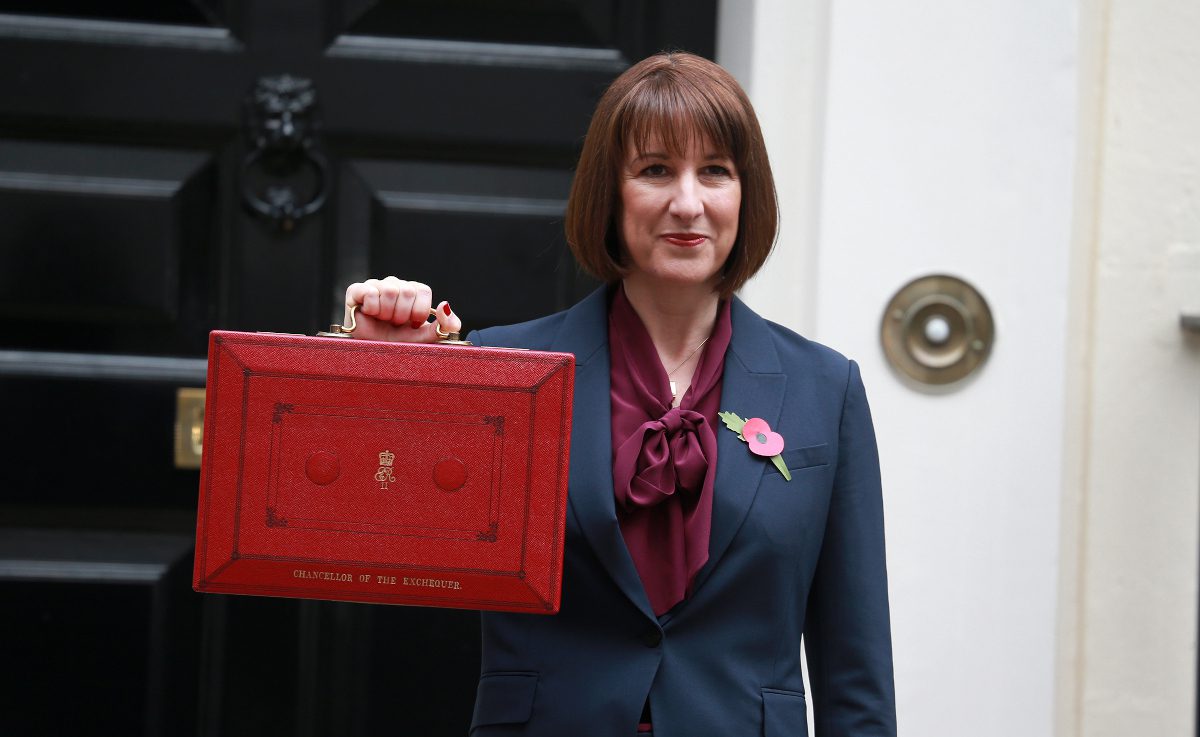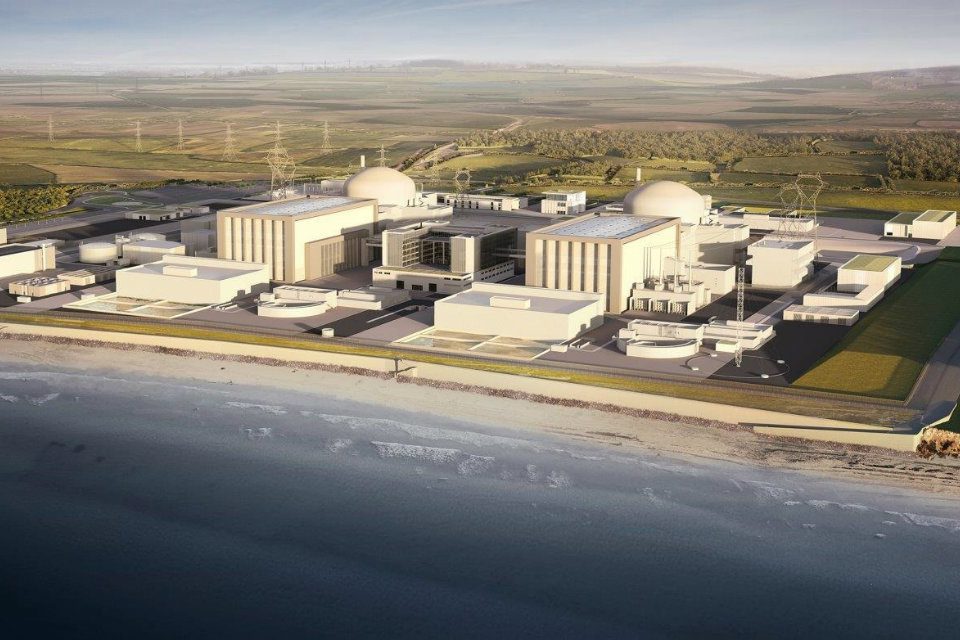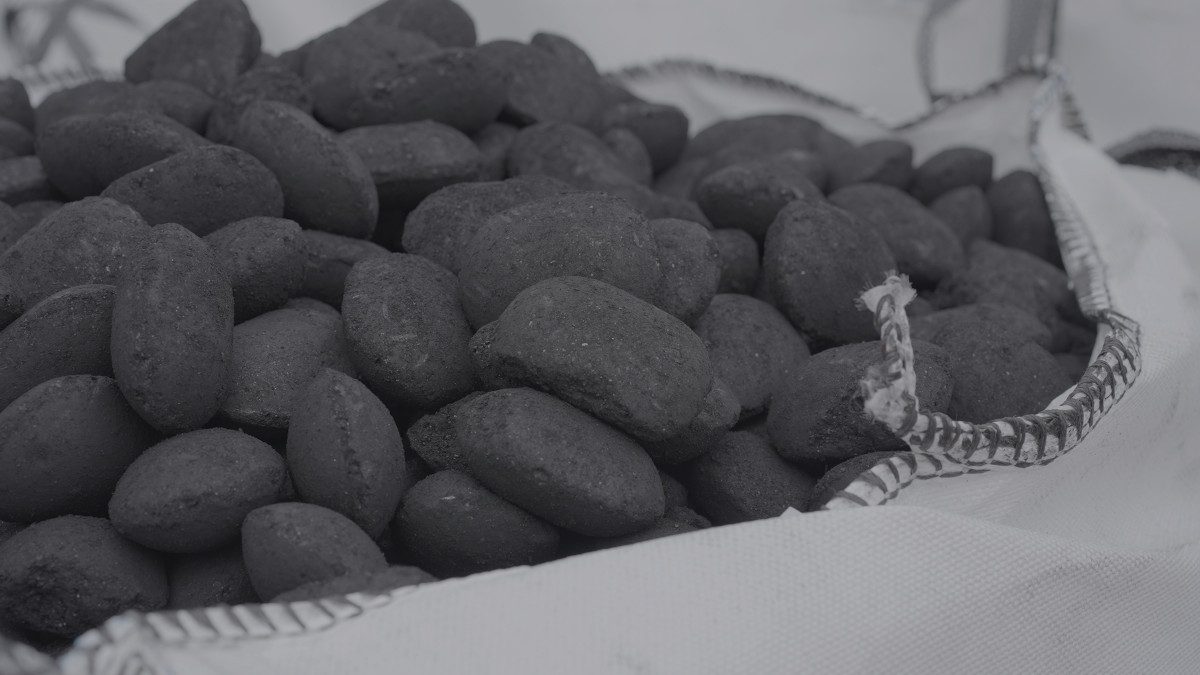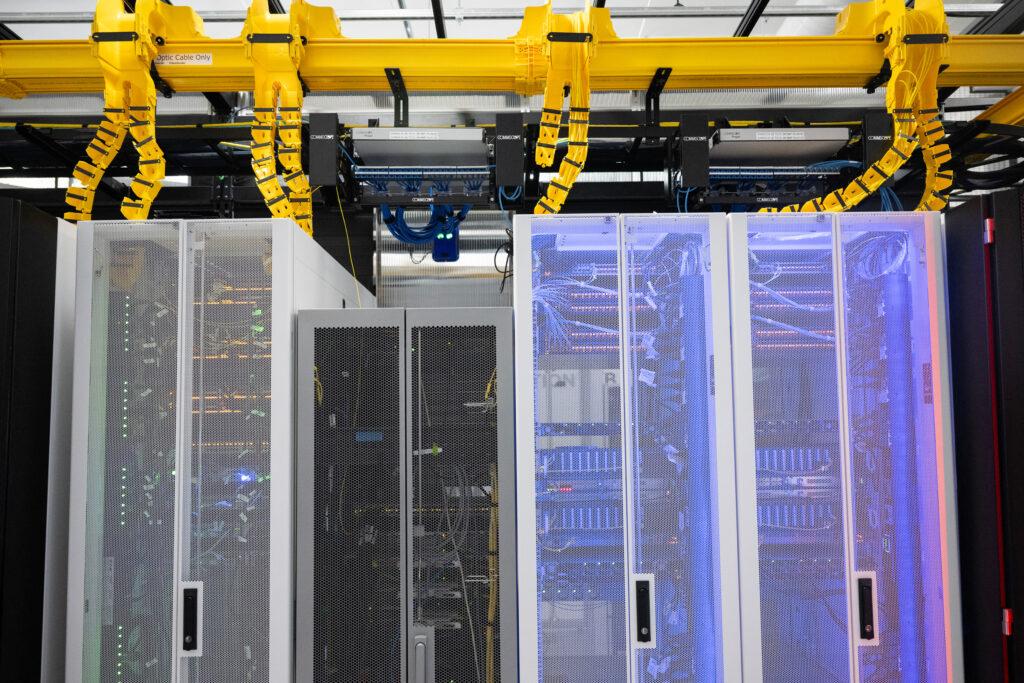This story was originally published by Floodlight.
In the early 2000s, a long-time Louisiana engineer and entrepreneur thought it would be natural for the oil and gas industry in the Gulf of Mexico to expand into offshore wind. The industry could use the same workforce, the same shipyards and possibly even the same platforms to generate renewable power.
With designs, data and offshore leases from Texas, Herman Schellstede and his team planned to build a 62-turbine wind farm off Galveston’s coast— one of the first such proposals in the United States and the first in the Gulf of Mexico.
The team approached banks and even Koch Industries seeking financing for the $300 million wind farm, he said. But financing nascent offshore wind was apparently too risky a proposition in the wake of the 2008 financial meltdown. The wind farm was eventually scuttled.
“We were still too early,” said Schellstede, the Louisiana oil and gas entrepreneur who is still designing offshore wind turbines for proposed projects in the gulf.
We’re hiring!
Please take a look at the new openings in our newsroom.
See jobs
Now, 33 years after the first offshore wind farm was built in waters off Denmark, it’s still unclear if the time is right — or will ever be right — for the United States. In those years, only four wind farms generating 242 megawatts of power have been built off the U.S. coast; the largest just went into service in 2024.
Last year, inflation, supply chain problems and other macroeconomic issues led to the cancellation or renegotiation of about half of all proposed offshore wind projects. And while the Biden Administration is moving as quickly as possible to approve new lease sales and projects — expanding the amount of power generated by 10-fold — former President Donald Trump has promised to end offshore wind if elected.
The industry and advocates, however, do not seem daunted. Studies show offshore wind could meet 5% of the nation’s energy needs by 2035, and up to 25% by 2050.
“We’re all in this room today, not because we just see offshore wind as a massive opportunity — which it is to build you clean energy — but also we see the necessity of offshore wind,” said Amanda Lefton, vice president of offshore development for the renewable energy company RWE.
Lefton, speaking at an April conference of the offshore wind industry in New Orleans, said the technology is needed to meet national and state decarbonization goals. RWE is developing projects off the East Coast and California and working to create a supply chain for offshore wind in the Gulf of Mexico with a large Louisiana-based coalition.
“We know the fundamentals exist in these markets,” said Lefton, the former head of the U.S. Bureau of Ocean Energy Management who leads RWE’s East Coast operations. “We know that it’s not an if, it’s a when.”
Offshore Wind’s Rocky History
In the years since Schellestede’s wind project proposal, the industry has moved forward in fits and starts. In 2016, the small scale 30-megawatt Block Island Wind Farm off the coast of Rhode Island became the first U.S. offshore wind project to be completed.
Cape Wind, the first large-scale offshore wind project in the United States off the shores of Massachusetts, was canceled the following year after 16 years of controversy.
In 2020, a 12-MW pilot project — the first in federally controlled waters — came online off Virginia’s coast.

So far this year, the industry has made historic progress as South Fork Wind Farm off New York began producing 132 MW of electricity, and Massachusetts’ Vineyard Wind started spinning the first five of 62 turbines, sending 68 MW of power to the grid. At full operation, the wind farm is designed to generate 805 MW.
By contrast, worldwide there are almost 73,000 MW, or 73 gigawatts, of offshore wind operating, with half of that amount off China’s coast.
Some of the delay in the U.S. industry occurred during Donald Trump’s presidency. His administration held no offshore lease sales for federally owned waters. Trump ordered an environmental review for the Atlantic Coast, killing or delaying projects in various states of development.
As he did in his May 12 speech in New Jersey, Trump often repeats the falsehood that offshore wind is killing whales — a claim dismissed by the federal government’s own scientists. But groups funded by or tied to oil and gas interests including the American Petroleum Institute continue to perpetuate it, insisting offshore wind also harms fisheries and tourism.
“There is zero evidence for offshore wind activities causing whale deaths,” said Helen Rose Patterson, senior campaign manager with National Wildlife Federation’s offshore wind energy program. Patterson calls the claims “disinformation,” or false information that is intentionally spread.
She said the greatest threat to the whales is climate change, which offshore wind could help mitigate. North American right whales now must travel farther north to hunt their cold water prey, Patterson said, putting them closer to ships and fishing that put them at risk. “The North Atlantic right whales are in different places because of climate change.”


Biden Pushes To Revive Industry
When Joe Biden took office in 2021, he ordered a 180-degree turn on federal offshore wind policy.
During his first year in office, the Democrat established a target to deploy 30 GW of offshore wind — the equivalent of about 30 new nuclear plants — by 2030 to help reach his national climate goal of net zero greenhouse gas emissions by 2050.
So far, the administration has approved 10 GW of offshore projects and is expected to approve more by the end of the year in what some observers see as a rush to get more wind farms started in the event Trump wins the November election.
At the Oceantic Network conference in New Orleans, Interior Secretary Deb Haaland announced 12 offshore wind leasing sales over the next five years, ranging from New York to Hawaii and the Gulf of Mexico to the state of Oregon. Biden previously announced $5 billion in federally issued loan guarantees to boost offshore wind development.
Offshore Political Winds Shift in Texas
Although Schellstede and his company, Wind Energy Systems Technology (WEST), failed to get interest for the project in Louisiana, Texas welcomed them. Texas saw offshore wind as a way to expand on its extensive energy resources, state officials said at the time.
Texas wasn’t the only entity aiming to diversify. Big oil companies including Shell and BP and other international oil interests began adding wind to their own portfolios. In fact, the two oil giants were major sponsors of the offshore wind conference in New Orleans.
“It’s not greenwashing,” said Patterson of the oil majors investing in offshore wind. “I’m much more concerned about oil and gas that aren’t doing anything to diversify their portfolios.”
Since WEST tried to establish a wind farm off Galveston nearly 20 years ago, top Texas officials have become resistant to offshore wind energy. Last year, Texas Railroad Commissioner Wayne Christian told Gov. Greg Abbott that he opposes offshore wind, calling it a “taxpayer boondoggle” and repeating the false claims about offshore wind causing whale deaths.


The Texas land commissioner followed with her own opposition to the Biden Administration’s plan to lease federal land off the state’s coast for offshore wind. And the powerful Texas Public Policy Foundation, funded by conservative billionaires including oil baron Charles Koch, is leading offshore opposition along the East Coast.
Economically, it is also hard for more expensive offshore wind to compete with the abundance of renewable energy that Texas already has. Currently, Texas can supply 70% of its electricity demand through renewable power. The cost of offshore wind over the lifespan of the project, or levelized cost of energy, is up to double that of onshore wind — but is cheaper than coal or nuclear power.
‘Energy State’ Louisiana Eyes Offshore
In Louisiana, even the most conservative Republicans have come to see things the way Schellstede did in the 2000s — that Louisiana has the workforce, the industrial infrastructure and the knowledge to spur offshore wind, not only off the state’s Gulf Coast, but around the country.
On May 11, the day before Trump said he would end offshore wind, House majority leader and Trump supporter U.S. Rep. Steve Scalise, R-Louisiana, watched as his wife Jennifer christened the nation’s first offshore wind service vessel. Scalise has been a vocal supporter of the industry.
This story is funded by readers like you.
Our nonprofit newsroom provides award-winning climate coverage free of charge and advertising. We rely on donations from readers like you to keep going. Please donate now to support our work.
Donate Now
“I think in terms of contrast — that really represented the opportunity that I see in Louisiana,” said Jenny Netherton, Louisiana program manager for the nonprofit Southeastern Wind Coalition, who attended the christening in New Orleans.
“People think of us as an oil and gas state, and we are just an energy state,” Netherton said. “Because of offshore oil and gas, we have developed this huge vessel industry that is needed for offshore wind. We can build a lot — and pretty quickly.”
The christened vessel, the Eco Edison, was commissioned by Danish wind developer Orsted and built by Louisiana’s Edison Chouest Offshore. The vessel will service offshore wind in the Atlantic.
A recent report released at the conference by the Southeastern Wind Coalition, Greater New Orleans Inc., the Center for Planning Excellence and The Pew Charitable Trusts found there are 450 companies in Louisiana with the potential to shift toward offshore wind. Fifteen companies in the state already work on offshore wind, including Gulf Island Fabrication, which made the steel structures that support the turbines and other equipment for the Block Island wind farm.
The Gulf Wind Technology factory at the Avondale Shipyard in Avondale, La., produces wind turbine rotors. The Pew Charitable Trusts estimates the U.S. offshore wind industry could generate $100 billion in private investment and nearly 50,000 jobs in coming years. Credit: Pew Charitable Trusts
“Louisiana can lead in wind power the same way it has led in oil and gas production,” Lacy McManus, executive director of future energy for Greater New Orleans Inc., said in announcing the report.
Louisiana’s former Democratic Gov. John Bel Edwards set a goal of 5,000 MW of offshore wind by 2035. The state has leased its own land under nearshore waters to Vestas and Diamond Offshore Wind for potential development. And in last year’s federal sale, RWE leased an offshore parcel in southwest Louisiana. Both projects are still in early stages of development.
It’s unclear whether Republican Gov. Jeff Landry supports Edwards’ goals; so far the governor, who took office in January, has said nothing publicly about offshore wind. His office did not return a request asking for the governor’s position.
“While I have not spoken with Gov. Landry personally, we have heard that he favors the ‘all of the above’ energy approach,” Camille Manning-Broome, CEO and president for the nonprofit Center for Planning Excellence in Baton Rouge, told Floodlight. “Our work with state agency partners does lend itself to continuing this approach of bringing additional sources of energy to the gulf and diversifying our energy portfolio.”


Headwinds To Offshore Remain
Joshua Basseches is an assistant professor at Tulane University in New Orleans whose work focuses on energy and climate policy and politics. Basseches said he expects disinformation campaigns, like those on the East Coast around whales, along with opposition from the regional fishing industry, might make offshore wind in the Gulf of Mexico difficult.
Others are skeptical of the economics. It will be harder for offshore wind power to compete against the region’s favored natural gas power plants, which produce lower cost energy. And building offshore wind farms in the Gulf of Mexico might be more expensive and less efficient than those being built elsewhere because of the risks of hurricanes and its relatively lower wind speeds.


“It doesn’t really make a lot of sense,” BloombergNEF analyst Chelsea Jean-Michel told Heatmap last year. The company, which researches the technologies driving the transition to a lower-carbon economy, confirmed in an email to Floodlight its opinion about the feasibility of offshore wind in the Gulf of Mexico has not changed.
“It’s got to be economic. It has to produce the power at a low cost,” Schellstede agreed. “It will be interesting to see how this all settles out.”
Floodlight is a non-profit newsroom that investigates the powerful interests stalling climate action.




